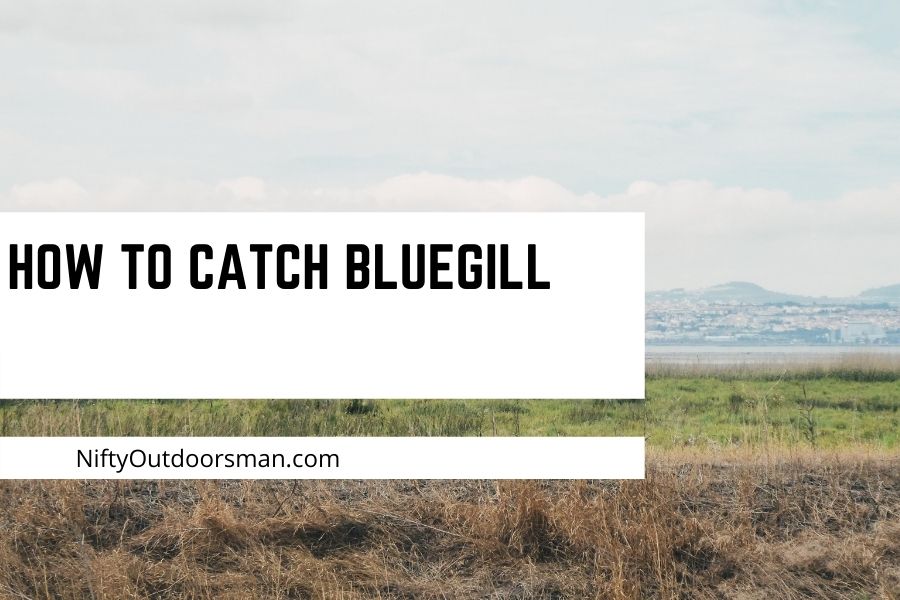The beloved panfish/bluegill. Everybody loves to catch them, these fish that are virtually everywhere but can be sometimes hard to catch. I was in this spot when I started, I didn’t know where to start. So in this blog, I will give you the fundamentals to catch bluegill every time you go fishing.
Gear
To catch bluegill you need to have the right equipment. Here is my list of equipment I always have.
For a rod, I recommend an ultra-light rod with a slow action and ultra-light reel to go with it. Any rod brand will work to catch a bluegill. Ultra-light rods are light enough that you can feel when a fish bites your bait. and with a slow action, the fish won’t break off your line. If you go with too heavy of a rod, like a medium rod with a fast action, you may not feel when bluegill eats your bait, and the fish will break off. If you don’t feel the bite, you can lose the fish and your bait.
Line. This is easy to mess up for most people, but it won’t be for you. With too heavy of a line your rod will break. Another problem with too heavy of a line is it might not fit on an ultra-light reel, and you won’t be able to cast far enough out. You want anywhere from 4-8 pound line. This will let you feel the bite but not break off if you get a big fish.
Bait. There are a ton of baits to use when fishing for bluegill; With all these baits, it can be hard to choose a bait when you’re just starting.
- Curly tail grubs. These baits are my favorite for any time of year. These baits come in a ton of colors like white, red, pink, green, green with specs, black, and orange to match any water you fish in.
- Worms. This is the one everybody knows and loves them, because they work. These are live bait so they are easy to use. Worms/night crawlers can be found in basically all fishing stores.
- Crappie tubes. These are a good all around bait that bluegill.
- Crappie bites. These baits are easy to use; All you have to do is put a few of these on a hook and cast it out.
Other things you need. Hooks are the most important part of your arsenal. You want a size 6, 8, or 12 bluegill hook, make sure it says bluegill hooks. Split shots are the only thing that will get your bait to the fish. You also want pliers to unhook the fish.
How to set up
One of the most important parts of fishing is setting up; If you don’t set up the right way you won’t catch anything. So let’s say you have your bait, line, rod and reel, and split shots already.
First, thread the line through the holes on the rod and tie a knot on your reel, now reel some line, about 100 feet or so; it doesn’t have to be exact. Next, get about 3 feet of line out of your rod. At the bottom of the line, thread the line through the hole in the hook and tie a few overhand knots or any fishing knot of your choosing. Now put your bait on your hook, and close a split shot about a foot or so above your hook.
How to fish
Go to your pond and set up your fishing pole. One of the important things you have to do to catch bluegill is find the right spot. Bluegill likes to stay on sharp drop-offs in the pond. Look for water from 3-6 feet deep. Try to find ledges or benches in the water that are in that 3-6 feet deep column.
If you are using a curly tail grub, cast the rod to the drop-off and start to reel. Reel slowly and pop the lure a few times. You want to do a “reel pop pop reel” pattern. If you don’t catch anything, you may want to try more pops or reel slower or faster.
To pop the bait, you swiftly and shortly jerk the rod. This makes the bait dart through the water. This is an effective way to attract fish because the movement gets their attention.
If you want to use a worm, thread the worm on the hook and drop it in the spot you found. The worm will move around in the water and bring in fish. If you are not catching anything, raise the tip of the rod a few times and let it drop back down. This should get a fish’s attention. After a little bit with no bite, try recasting a few times.
If you are using crappie tubes, you want to do the same “reel pop” pattern as with the grub. The tentacles on the end of the tube will move and attract fish.
For crappie bites, put 2 or 3 bites on the hook and drop them in the water like a worm. If you don’t get a bite try popping the bait or raising and dropping the rod.
Once you feel or see your line move or your rod tip bend, you have a fish. If you feel this gently put the rod up, don’t pull hard or you lose the fish. If you pull too fast, you risk yanking the hook out of the fish’s mouth.
What to do when you catch a fish
Once you catch a fish you have two options. If the fish is big enough, you can filet the fish and cook it. If you don’t want to keep the fish, you can take your pliers and pull the hook out of the fish. To pull the hook out, you want to try to pull the hook backward until it comes out; fish can’t feel pain so this won’t hurt them. Make sure you put the fish back in the water as soon as you can if you’re not keeping it.
So if you want to start fishing, go try bluegill fishing, it is easy, fun, and not hard to do. All you got to do is get a fishing license and some cheap gear, and you will have a ton of fun.
Check out more blogs here

